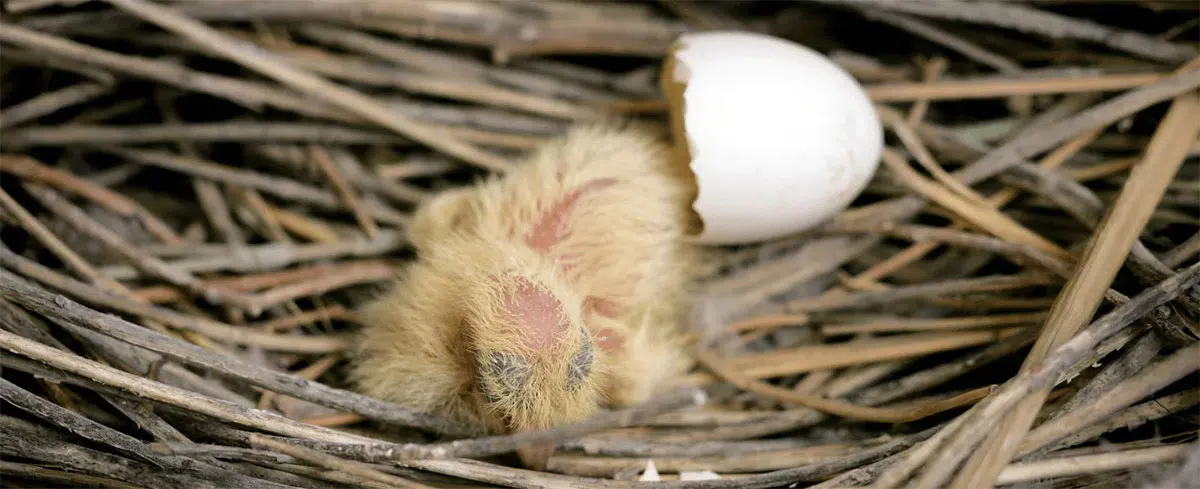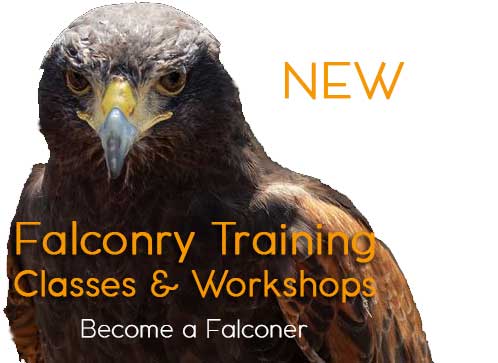Why Are Baby Pigeons Rarely Seen?
Huh. Think back.. have you ever laid eyes on a baby pigeon? No? You're not alone. Let's find out why:

The Secret Life of the Baby Pigeon
Pigeons are part of the Columbidae family (Columba livia) and are found in just about every corner of the world - up to 400 MILLION of them worldwide! So how come with that many of them around, we never see baby pigeons? The main reason is that squabs (pigeon chicks) tend to stay in the nest much longer than most other bird species - up to 5 weeks. By the time they do emerge, they pretty much look like fully grown pigeons. So, in order to see young squabs, you'd have to actually get a peek into the nest. And that's not always easy, either. Pigeons like to build their nests in hidden nooks and crannies - away from prying eyes (well, probably more away from predators) and places like barn beams - the higher, the better.
From Egg to Hatchling
Pigeons will reproduce up to 3x each year. Most often, the female will lay 2 eggs which will be incubated for 16-19 days. Both parents will take turns sitting on them, with mom usually working the longer night shift - from late afternoon until mid morning on the following day. When the new additions are ready to greet the world, their egg shells will slowly crack open and the young birds will 'back out' of their shells. Yes, they all seem to be 'breach' babies. There's a cool little video here »
 Growth Stages of a Baby Pigeon
Growth Stages of a Baby Pigeon
Baby pigeons - called squabs - go through 3 distinct phases while occupying the nest and one more while they transition to complete independence. Let's have a closer look at pigeon development stages:
- Hatchling
For the first 3 days of their lives, squabs are referred to as hatchlings. Their eyes are still closed and they only sport some soft down feathers. They are fully dependent on their parents' devotion. - Nestling
The nestling stage lasts from day 4 to day 10. Their eyes open and their growth rate is fast and furious at this point. After day 7, they can put on 20g of body weight in a day. They start observing the world around them and move around in the nest. While working towards independence, they still rely on mum and dad for a bit longer. - Fledgling
From 11 to 30 days, we call our little squabs fledglings. Their pin feathers come in and continue to develop, enabling them to start exploring and undertake some test flights over short distances. During this phase, they still depend on their parents for nourishment. Also during this stage, the young pigeon's contour feathers start to form. These sleek feathers give shape and shine to the bird and give it a near adult appearance. - Juvenile
Once pigeons made it past the one month mark, they are juveniles. They are able to fly and feed themselves. But for now they'll accompany their parents to observe and hone their survival skills. The juvenile pigeon diet starts to resemble that of an adult bird. Fruits, vegetables, seeds, and of course human leftovers in urban areas.
Pigeon Milk: Nature's Unique Formula
Pigeon milk - or crop milk - is not exclusively found in pigeons. Several other species including flamingos and emporer penguins also produce this secretion from the lining of the crop of parent birds that is then regurgitated to their young. While this secretion bears no resemblance to what we think of when talking about milk, it does share some traits with mammalian milk (it is even call lactation). The production of crop milk as well as mammalian milk is controlled by the hormone Prolactin. Crop (or pigeon) milk contains fats and proteins and is vital to a squab's survival.
Transitioning to Solid Foods
After two weeks of crop milk, our little pigeon fledgling is ready for some culinary adventures. Mum and dad will likely offer some soft fruits and veggies before graduating to seeds, crumbs of all varieties and greens. Unlike other bird species, the parents do not force feed their wee ones; they offer a variety in their crop and let their offspring choose.
 Pigeon Nesting Locations
Pigeon Nesting Locations
Nowadays, urban buildings and window ledges or eaves make fine substitutes for the rocky cliffs originally inhabited by the modern pigeon's European ancestors. Pigeon nests can also be found in barn lofts with high beams or tucked into protected nooks and openings under overhangs. Close proximity to food sources plays a part in the choice of nest location and pigeon nesting habits as well.
If you'd rather not be inundated with pigeons, there are some things you can do to make your home or property less attractive to pest birds and curb pigeon breeding. If it's too late for prevention, you might want to seek the help of a Bird Control Expert.
Parental Roles in Raising Baby Pigeons
The modern pigeon couple shares the responsibilities of child rearing. This starts during the incubation period and continues after the squabs have hatched - from nestling care and onward. So much so, that dad produces crop milk as well as mum. Both parents will partake in warming and feeding and the general care for their offspring. Pigeons mate for life, so mum and dad are true partners.
Predators and Threats
The most prolific predators or threats to pigeons - young and old - are birds of prey. Particularly hawks, falcons, and screech owls will prey on pigeons. Also, cats - both domestic and feral - and other urban wildlife pose a fair risk to pigeons.
Human Interactions and Interventions
To intervene or not to intervene? Whenever you believe you've happened upon an orphaned bird or animal, it is wise to spend a considerable amount of time observing from a distance. While parents of young squabs won't leave them alone for the first 2 weeks, they may depart the nest for up to 8 hours in search of food thereafter. If you have observed a nest with pigeon fledglings and not seen a parent bird for 24 to 48 hours, it may be time to lend a helping hand. At this stage, the squabs are not fully dependent on crop milk anymore and can digest some soft fruits and vegetables (defrosted peas, corn kernels, and apple slices are a good choice). If you do decide to provide and offer food to them, always warm it up. Offer the food and let the little birds pick what they want and how much they want. Be mindful to not overfeed them. Hand-rearing pigeons takes a fair bit of time commitment.
Need Humane Bird Control? Reach out to Hawkeye
Watching the progress of young pigeons may be enjoyable - the first couple of times. With pigeons returning to their birth place and prolific pigeon breeding, you'll soon have your very own pigeon colony - and that may not be what you want or need. It may be time to call in the Bird Control Professionals. Pigeons are difficult to persuade to vacate your property because of their excellent homing instinct. What makes them such awesome messengers also makes them very hard to evict. If you're at your wit's end - call Hawkeye Bird & Animal Control. Our Birds of Prey can accomplish what us mere humans cannot :) Falconry is nature's way to control and remove pigeons.














